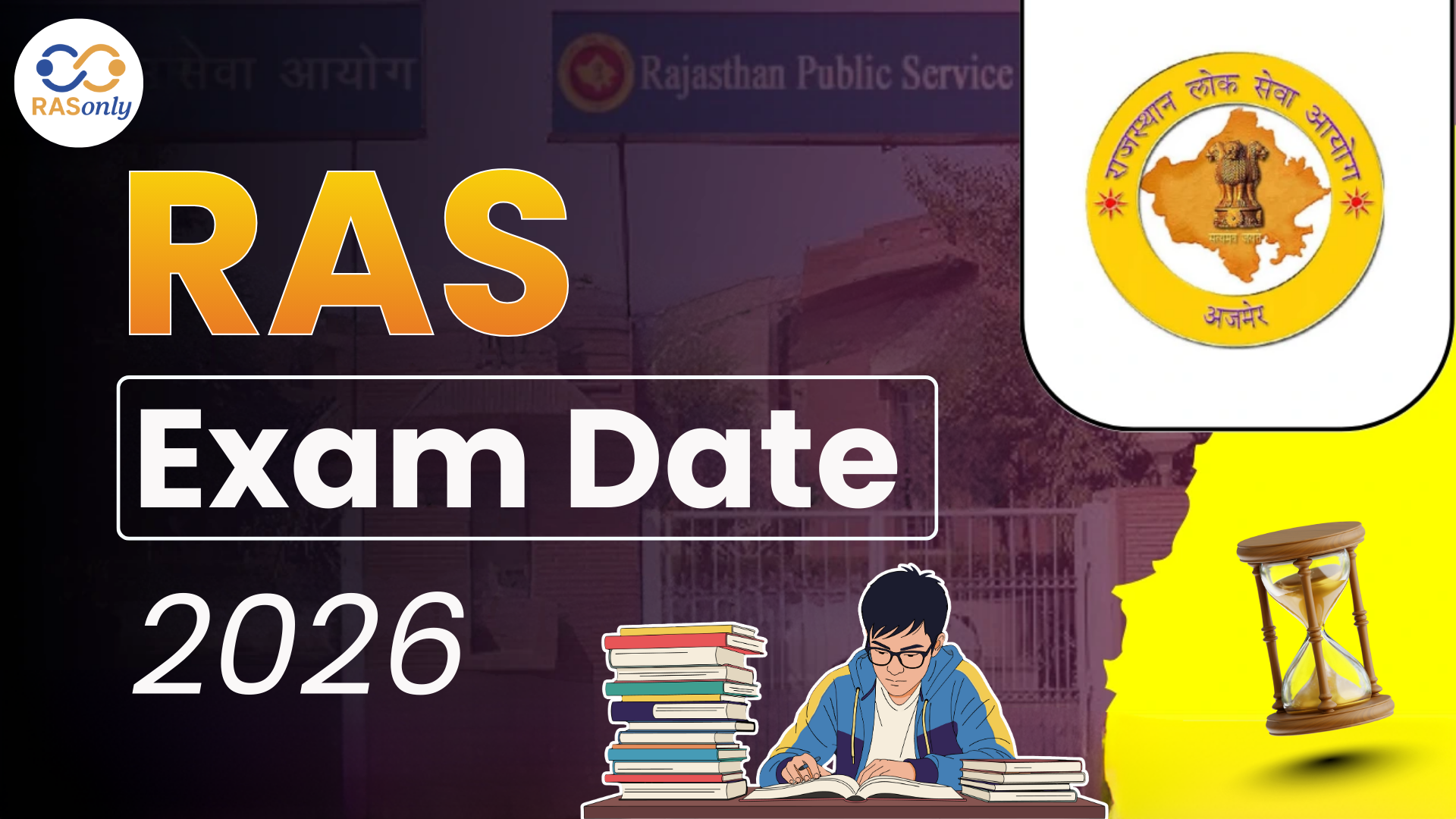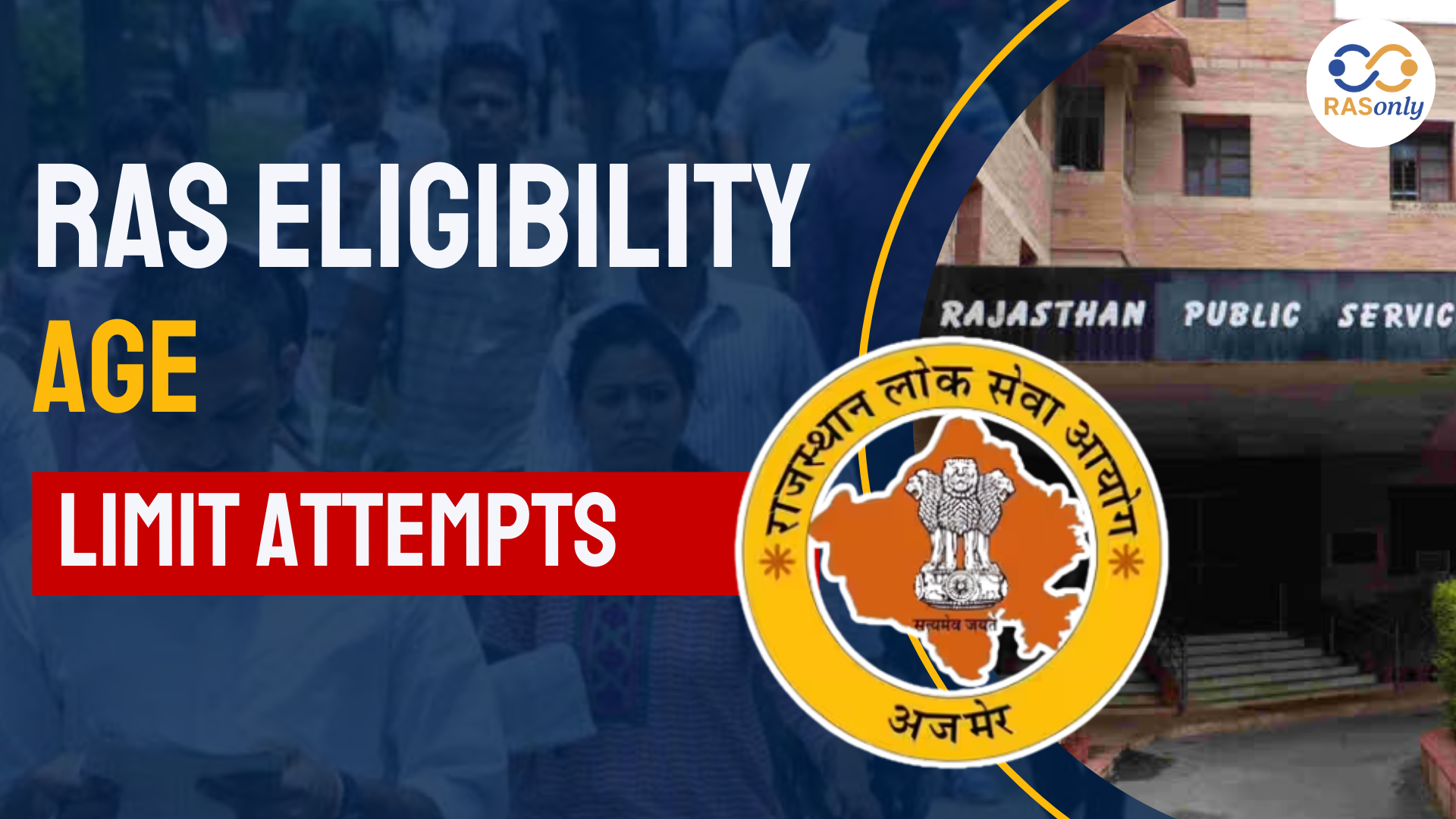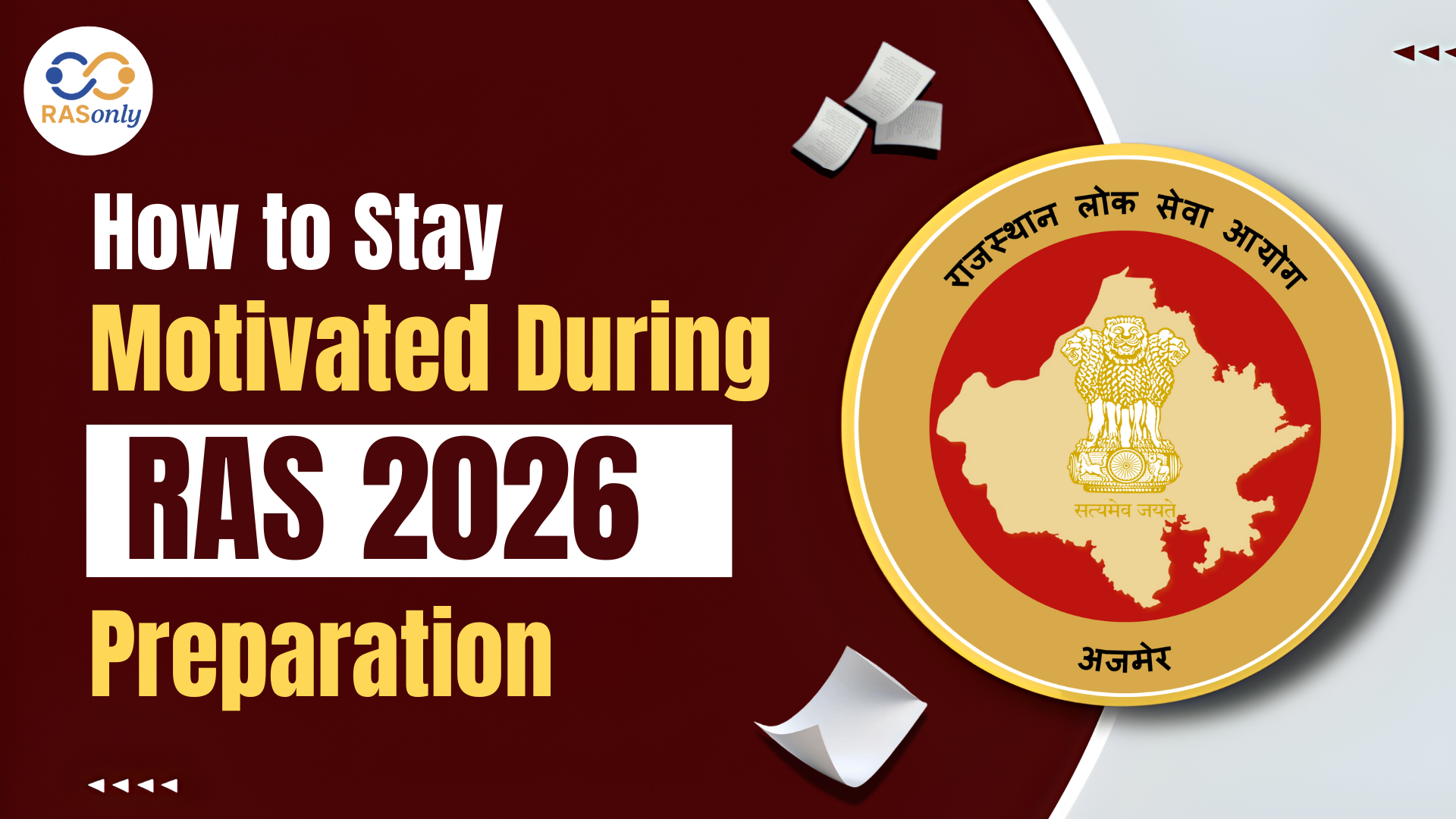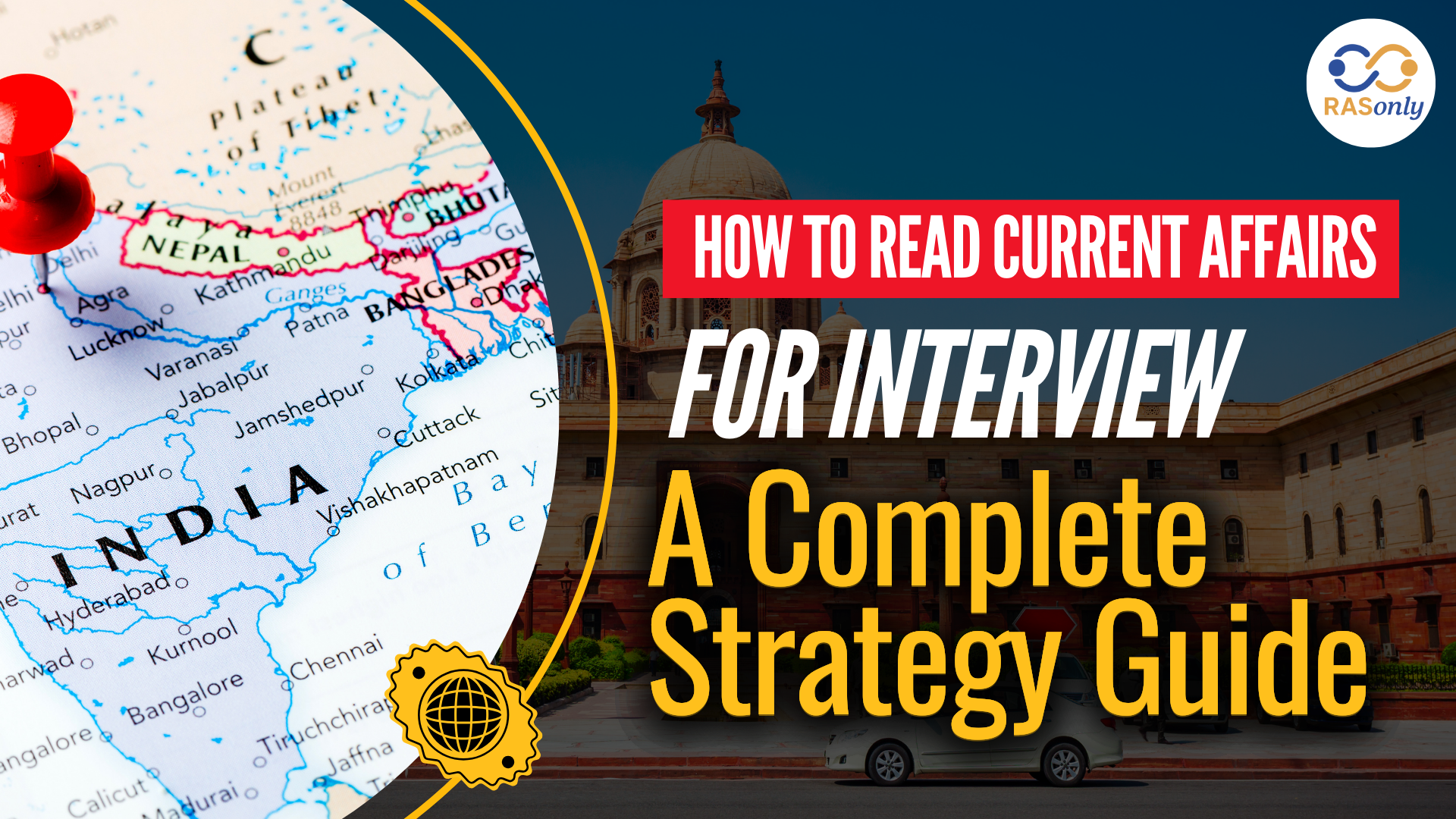RAS Exam Date 2026 for Notification, Prelims, Mains Date
- >
- RAS Preparation Resources
- >
- Gupta Age Architecture
Gupta Age Architecture

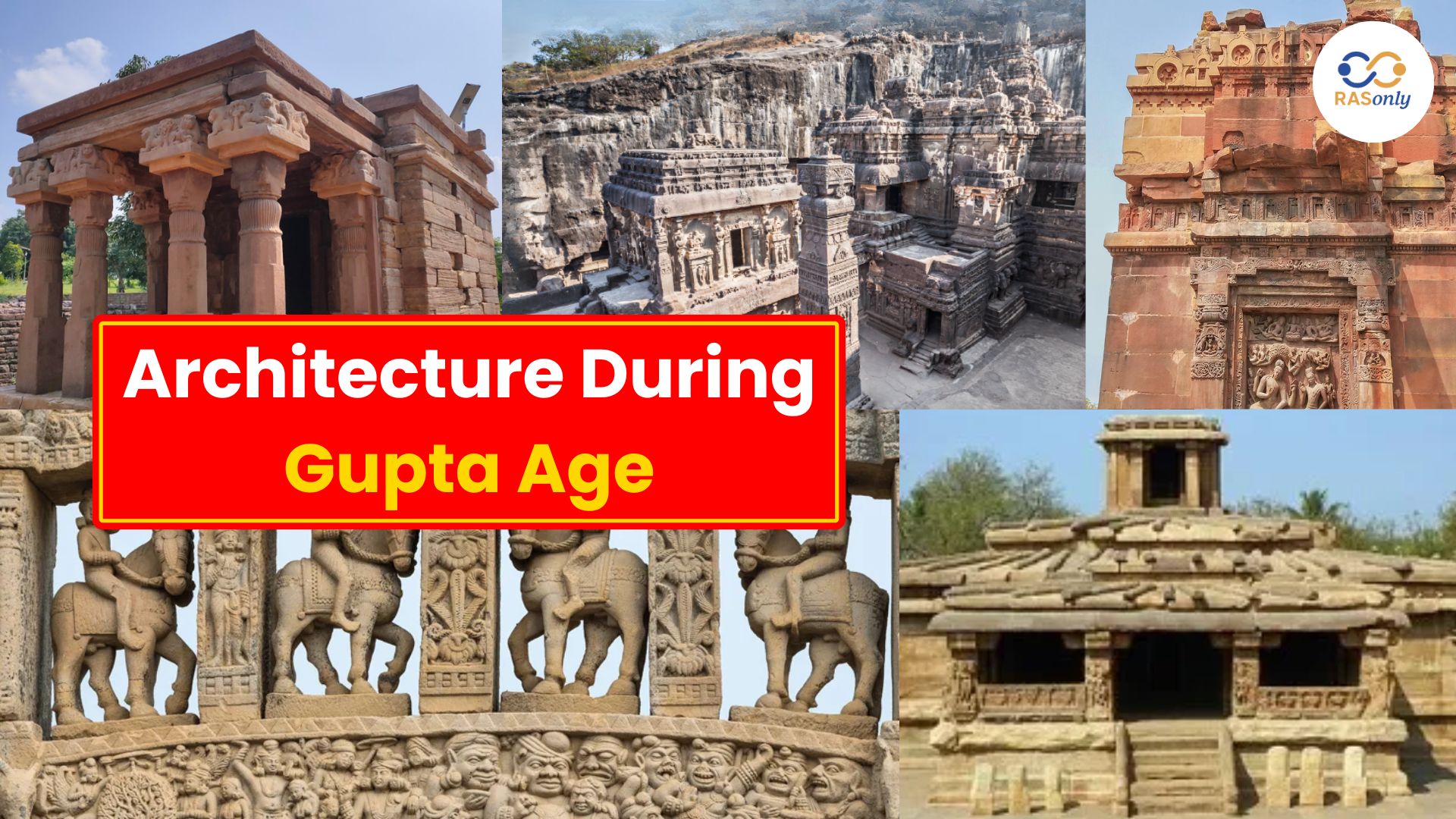
The Gupta Period (4th-6th century CE ) is also seen as the Golden Age in Indian Culture owing to its tremendous success in art, architecture, literature and sciences. This was characterized by the creation of a very unique and native type of temple architecture and cave construction, the foreign influence was minimal, showing both religious development and political maturity.
Key Highlights for RAS Mains
Main characteristics of Gupta Architecture
- Indigenous Style: Unaffected by Greco-Buddhist or Persian influences such as in the earlier periods.
- Religious Building: This is inhabited by Hindu, Buddhist and Jain religion building.
- Material: Temples made out of stone and brick and dry masonry were used without mortar.
Architectural Plan:
- Humble square garbhagriha (sanctum sanctorum).
- Curing roofs in oldest temples, introduction of the shikharas with curvilinear shapes during later Gupta.
- Doors highly ornamented, and interior wholly bare.
- The use of mandapa (pillared portico) and high plinths is introduced.
Classification of Temples in Gupta era
- Sandhara Temples: No circumambulatory path (pradakshinapatha).
- Nirandhara Temples: Nirandhara Temples Have pradakshinapatha.
- Sarvatobhadra Temples: Becomes approachable on all the four sides.
Stone Temples (Examples)
| Temple Name | Location | Feature Highlights |
|---|---|---|
| Temple No. 17 | Sanchi, Madhya Pradesh | Early flat-roofed, pillared mandapa, simple design |
| Kankali Devi Temple | Tigawa, Madhya Pradesh | Hindu temple with ornate doorway |
| Parvati Temple | Nachna-Kuthara, Madhya Pradesh | Raised platform, square sanctum, west-facing |
| Shiva Temple | Bhumara, Madhya Pradesh | Developed Gupta-style stone architecture |
| Dashavatara Temple | Deogarh, Uttar Pradesh | First with shikhara, Vishnu temple |
Brick Temples
- Bhitargaon Temple ( Kanpur, UP)
- Oldest extant brick-made temple with a veritable arch and terracotta ornamentation.
- Sirpur temple (Raipur, Chhattisgarh):
- This is another beautiful structure of the Gupta era using brick temple architecture.
Cave Architecture
Hindu Rock-Cut Caves
Udayagiri Caves (MP-Vidisha):
- Cave group 22; inscriptions of Chandragupta II and of Kumaragupta.
- Devoted to Shiva, Vishnu and Jain Tirthankaras.
- Rich sculptures:
- Varaha Panel (Vishnu drawing out earth),
- Ekamukhalingam Shiva,
- Kartikeya image.
Buddhist Rock-cut Architecture
- Ajanta Caves (Maharashtra):
- Vakataka-Gupta rulers patronised it.
- Be under the sect Mahayana.
- Painted with the images of Buddha, and Bodhisattvas, as well as decorated with sculptures.
- Bagh caves (Dhar, Madhya Pradesh):
- 9 viharas (residential) located in caves.
- Not as elaborate as Ajanta but is famed with mural paintings.
- It is on the banks of Bhagini river which is a tributary of Narmada.
Buddhist Stupas
- Dhamek Stupa, Sarnath
- Increased in size during Gupta period with fine carvings and designs.
Subsequent Gupta Architecture
- Origination of temples having shikhara (spire).
- Higher and loftier temples.
- Improved combining of sculpture and structure
Conclusion
The classical architecture of Indian temples was established during the time of Guptas. Its artistry, particularly in the design of a temple, planning and rock-cut architecture, left an important impression on later styles, including Nagara, Dravida and Vesara architecture. The Gupta architecture remains today as an element of rich cultural as well as religious heritage of India.
Post Category
- RAS Salary
- Result
- RAS Admit Card
- RAS Job
- RAS Cutoff
- Preparation Tips
- RAS Answer Key
- RAS Exam Analysis
- RAS Syllabus
- RAS Previous Year Papers
- RPSC RAS Exam Pattern
- RAS Interview
- RAS Mains Exam Date
- RAS Vacancy
- RAS Test Series
- RAS Best Books
- RAS Preparation Resources
- RAS Coaching Centre
- History
- Polity
- Geography
- Economics
- Science
- Art and Culture
- RPSC RAS Application Form
- RPSC RAS Notification
RASonly Interview Guidance Program

Mr. Ashok Jain
Ex-Chief Secretary Govt of Rajasthan
- IAS officer of the 1981 batch, Rajasthan cadre.
- Passionate about mentoring the next generation of RAS officers with real-world insights.
- Got retired in Dec 2017 from the post of Chief Secretary of the state of Rajasthan.

Mr. Guru Charan Rai
Ex-ASP / SP in Jaisalmer
- Guru Charan Rai, IPS (Retd), retired as Inspector General of Police (Security), Rajasthan, Jaipur in 2017.
- Served as ASP and SP in Jaisalmer, Nagaur, Sri Ganganagar, Sawai Madhopur, Dausa, Sikar, and Karauli.
- He also held key positions as DIGP and IGP in the Law and Order division.

Mr. Rakesh Verma
Ex-IAS Officer, B.Tech, MBA, and M.A. (Economics)
- IAS officer of the 1981 batch and retired in Chief Secretary Rank.
- Civil servant of high repute and vast experience.
- Has been teaching UPSC CSE subjects for the last six years.
Related Post
👉🏻 Register Today to Join Classes! 👍🏻
- Team RASOnly -
🎯 Benefits of RASOnly Coaching:
- ✅ 1:1 Mentorship with RAS Officers
- ✅ Experienced and Expert Faculty
- ✅ Free Library Access
- ✅ Daily Minimum 4 Hours Must
- ✅ Comprehensive Study Material
- ✅ Regular Tests & Performance Analysis
- ✅ Personalized Guidance & Doubt Solving
- ✅ Online & Offline Class Options
- ✅ Affordable Fees with Quality Education
Key Highlights:
- 👉🏻 3-Day Refund Policy
- 👉🏻 New Batch Starting from 04 August
- 👉🏻 Registration Amount: Only ₹1000

